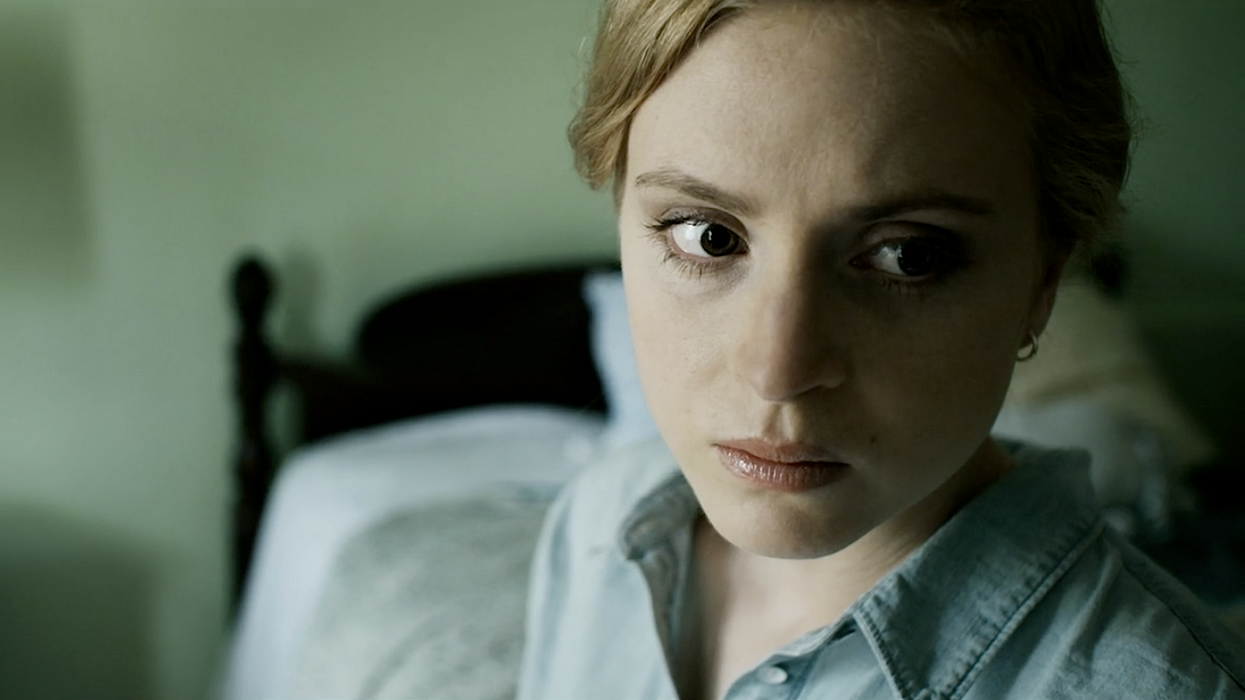This Video Shows Why You Should Appreciate Your Colorist More
Few people truly understand just how much the color of an image can change from the moment it's captured by a camera to the moment it's projected onto a 60-foot high wall in a dark room.

Ever since the dawn of motion picture production, filmmakers have been finding ways to manipulate the color properties of the final image, whether through tediously coloring individual frames by hand, or through a variety of chemical, and more recently, digital, processes. In that sense, the image that ultimately makes its way to the audience is rarely the same as what was captured by the camera. However, with the recent proliferation of digital cinema cameras that shoot to incredibly flat logarithmic profiles that preserve as much information as possible, the gap between how the images captured by the camera look and what the eventually audience sees is wider than ever.
As easy as it is to say that the difference from camera to screen is massive, it's much easier to grasp this difference when you can watch an example. Film is a visual medium, after all. So without any further ado, here's the color reel from a recently Kickstarted independent horror called The House On Pine Street, which, being shot in a flat S-Log profile on a Sony F55, shows just how drastic a difference exists between the original image and the final grade.
This was graded by Taylre Jones at GradeKC.
Ultimately, this nifty little color reel is not only a testament to how much the color of our footage changes from the moment it's shot to the moment it's delivered, but it's also a fantastic example of just how important a skilled colorist can be when dialing in the appropriate aesthetic for any given film. With The House on Pine Street, Jones took the insanely flat S-Log footage from the F55 and (hopefully in collaboration with DP Juan Sebastian Baron) crafted a unique look with loads of well-placed contrast and an uncomfortable cyan tint that works well to drive home the underlying psychological tension throughout the story.
Source: Grade KC











